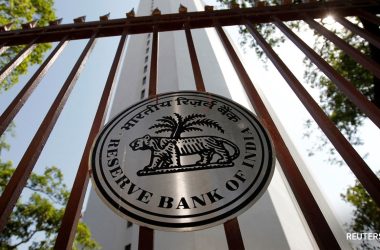The notified pointers will guarantee readability within the minds of all stakeholders.
New Delhi:
As a way to shield shoppers’ curiosity, the federal government has banned use of “darkish patterns” on e-commerce platforms which intend to deceive prospects or manipulate their selections.
A gazette notification on this regard as “Tips for prevention and regulation of darkish patterns” was issued on November 30 by the Central Shopper Safety Authority (CCPA) which is relevant to all platforms providing items and providers in India, and even advertisers and sellers.
Resorting to darkish patterns will quantity to deceptive commercial or unfair commerce observe or violation of client rights. The penalty will probably be imposed as per the provisions of the Shopper Safety Act, it added.
“Within the rising digital commerce, darkish patterns are more and more being utilized by the platforms to mislead the shoppers by manipulating their shopping for selections and behavior,” Shopper Affairs Secretary Rohit Kumar Singh advised PTI.
The notified pointers will guarantee readability within the minds of all stakeholders — consumers, sellers, marketplaces and regulators – as to what’s not acceptable as unfair buying and selling practices, the latter being liable underneath the Shopper Safety Act, he added.
In line with the notification, darkish patterns have been outlined as any observe or misleading design sample utilizing person interface or person expertise interactions on any platform that’s designed to mislead or trick customers to do one thing they initially didn’t intend or need to do, by subverting or impairing the patron autonomy, choice making or selection.
As an illustration, ‘basket sneaking’ is a darkish sample that features extra objects equivalent to merchandise, providers, funds to charity or donation on the time of checkout from a platform, with out the consent of the person, such that the whole quantity payable by the person is greater than the quantity payable for the services or products chosen by the person.
One other darkish sample referred to as “pressured motion” means forcing a person into taking an motion that will require the person to purchase any extra items or subscribe or join an unrelated service or share private data with a view to purchase or subscribe to the services or products initially supposed by the person.
Likewise, CCPA has specified 13 darkish patterns to supply solely as a steering for the business.
Initially, CCPA had recognized 10 darkish patterns however after the general public session one other three had been included.
(This story has not been edited by NDTV employees and is auto-generated from a syndicated feed.)
Ready for response to load…







